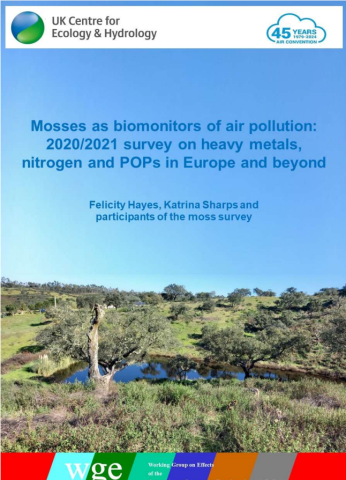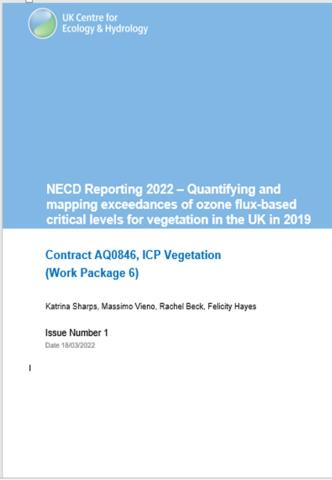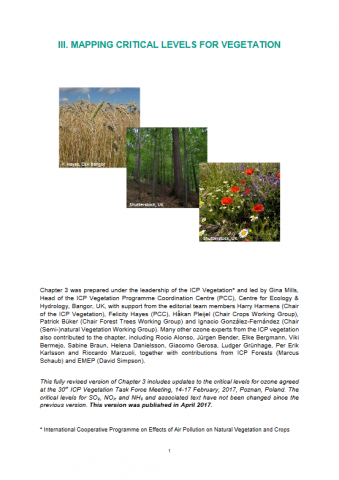Ozone pollution, formed from vehicle exhaust and industrial fumes, can damage the leaves of many species of plants. The injury looks like small pale yellow, cream or bronze pin-head sized blotches that can join together to cover large areas of the leaf surface.
To understand the global extent of the problem, we are using this site to build up a database of leaf damage that might be caused by ozone. We would like you to send us photos of the damage you have seen and to answer a few questions about where you saw the injury and recent weather conditions.
Have you seen any of this damage on plants? See our ozone information section and ozone injury brochure for more details and example photographs.
If you have, please see our recording section for how you can send us details.
Smart-phone App and 'SOS' Gardens: 2018 Protocol
To record the presence/absence of ozone injury using the smart-phone App or online recording form in a systematic manner, the ICP Vegetation has developed an Experimental Protocol. The protocol includes details for setting up 'SOS' Gardens for detecting ozone injury on sensitive ozone species. The concept of the “Ozone Gardens” was first developed in the USA by NASA to assess the development of ozone injury symptoms on leaves of sensitive plant species. We have adapted the concept, allowing the use of the smart-phone App/online form for recording incidences of ozone injury and building on previous experience from ICP Vegetation biomonitoring experiments.
For submitting data from “Ozone gardens”, please download the spreadsheet template for recording the severity of ozone injury symptoms. If you have any accompanying ozone, climate and light data available, please download one of the following relevant spreadsheet templates:
No light data available: spreadsheet ozone, climate, no daylight 2019
Light intensity available as PAR: spreadsheet ozone, climate, PAR 2019
Light intensity available as Wm-2: spreadsheet ozone, climate, Wm-2 2019
Note: these are for May - November 2019. If you will be growing species during a different growing season, please edit the dates within the spreadsheet accordingly.
Please submit your data to Felicity Hayes (fhay@ceh.ac.uk).


